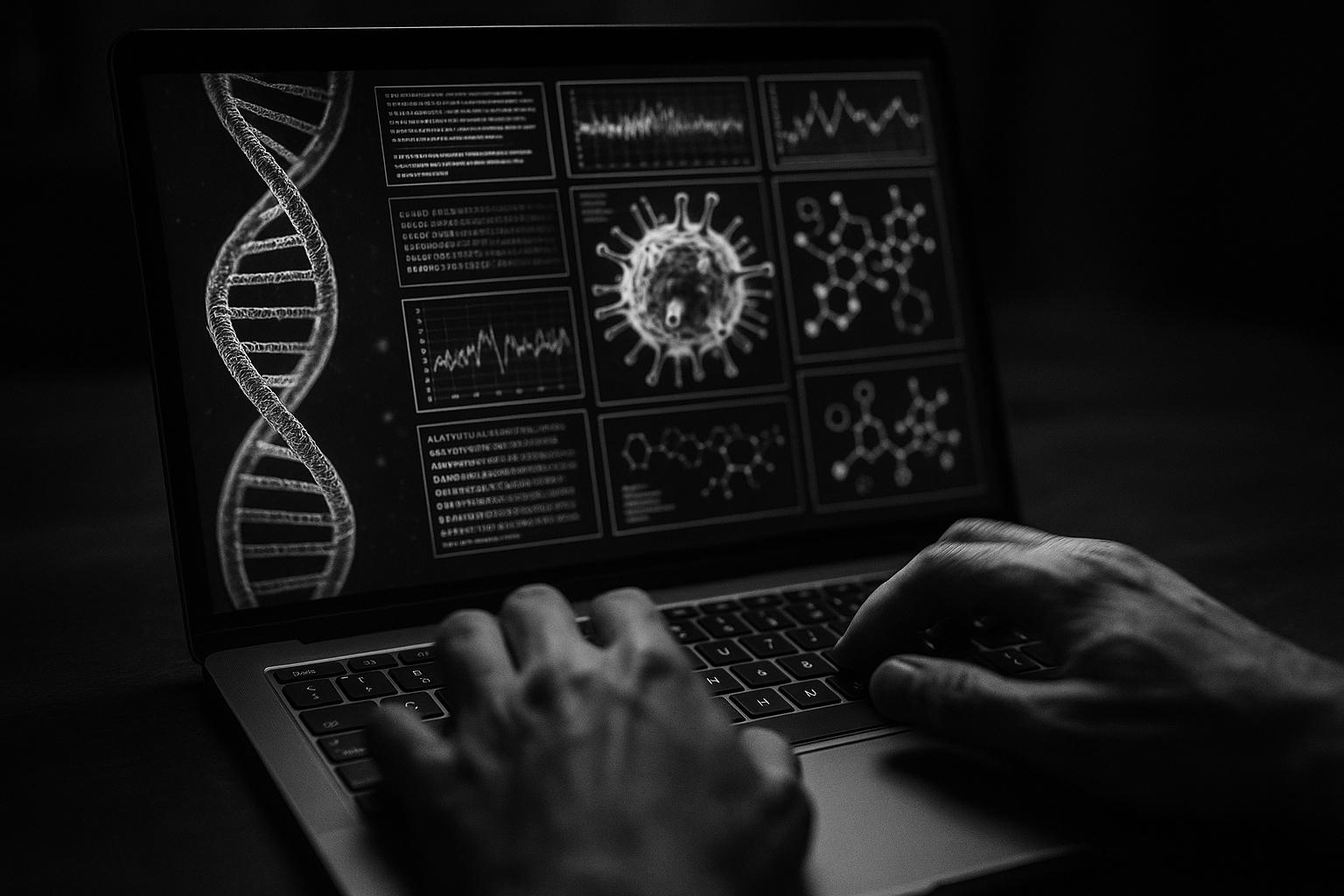ScienceMachine, a London-based AI startup, has secured $3.5 million in pre-seed funding to advance its autonomous AI agent, Sam, designed to revolutionise data analysis in biotech and pharmaceutical research. Unlike many large corporations still striving to implement seamless AI automation, ScienceMachine claims to have developed a fully autonomous system that functions as a 24/7 bioinformatician, automating the entire data pipeline and significantly accelerating scientific discovery.
The core challenge ScienceMachine addresses is the overwhelming flood of complex biological data generated by modern labs and clinics, which often exceeds the capacity of existing research teams. Many life sciences organisations struggle to recruit enough skilled data scientists, and domain experts may lack the time or technical training to conduct advanced analyses themselves. This bottleneck delays breakthroughs and increases costs. Sam integrates directly with existing databases and workflows, autonomously processing experimental data to identify critical patterns and insights without manual input, effectively providing the analytical output of an entire team of data scientists. Early clients report that Sam delivers results in a fraction of the time and cost, with higher quality outcomes.
CEO and Co-founder Lorenzo Sani emphasised the transformational potential of AI in research, saying, “Our AI agent works around the clock, analysing research data from lab to clinic, turning raw data into breakthroughs in hours, instead of months.” The company has rapidly secured multiple contracts since launching, driven entirely by inbound interest, and plans to expand its market reach from biotech startups to larger pharmaceutical companies, where scalability and flexible data automation are in high demand.
The funding round was led by Revent and Nucleus Capital, with strategic angel investors also participating. Rebecca Brill, Principal at Revent, praised ScienceMachine’s technical excellence and execution, noting the impressive progress made by the small team. Maximilian Schwarz from Nucleus Capital highlighted the growing importance of agent-based AI architectures in scientific software, expressing confidence that these systems will transform bioinformatics and accelerate R&D timelines by expanding access to complex analyses for wet-lab scientists.
ScienceMachine’s autonomous approach aligns with broader trends in AI-driven scientific research, exemplified by advanced frameworks like CellAgent, which uses multiple AI roles to orchestrate single-cell RNA sequencing analyses, and Robin, a multi-agent system integrating literature search, hypothesis generation, and experimentation to accelerate discovery. Similarly, BioDiscoveryAgent autonomously designs and reasons about genetic perturbation experiments, and AutoSciLab simulates the scientific method through machine learning-driven experiment cycles. These complementary innovations highlight a rapidly evolving field where AI agents not only automate data crunching but actively engage in experimental design and hypothesis testing.
Despite the promising advances, these autonomous AI agents are still in early stages of real-world adoption. ScienceMachine’s early customer success stories indicate practical viability and commercial interest, but wider industry uptake will depend on further proof of consistent accuracy, reliability, and integration within diverse lab environments. The company intends to use its new funding to enhance product development and expand its sales and partnership teams, particularly targeting pharmaceutical firms, to capitalise on the growing demand for scalable AI solutions in life sciences.
If successful, ScienceMachine could significantly reduce the time and cost to develop new therapies, marking a critical step towards fully autonomous scientific discovery. As AI agents continue to evolve from data processors to sophisticated scientific collaborators, they promise to reshape the landscape of biomedical research and accelerate the journey from data to breakthrough treatments.
📌 Reference Map:
- Paragraph 1 – [1], [2]
- Paragraph 2 – [1], [2]
- Paragraph 3 – [1]
- Paragraph 4 – [1]
- Paragraph 5 – [1], [2]
- Paragraph 6 – [3], [4], [5], [6]
- Paragraph 7 – [1], [2]
Source: Noah Wire Services
